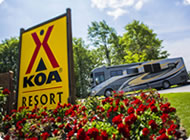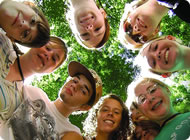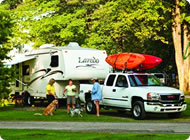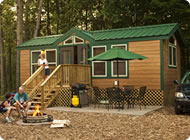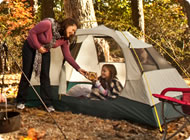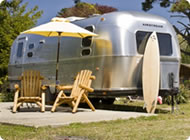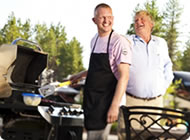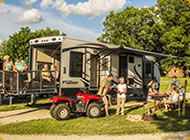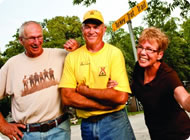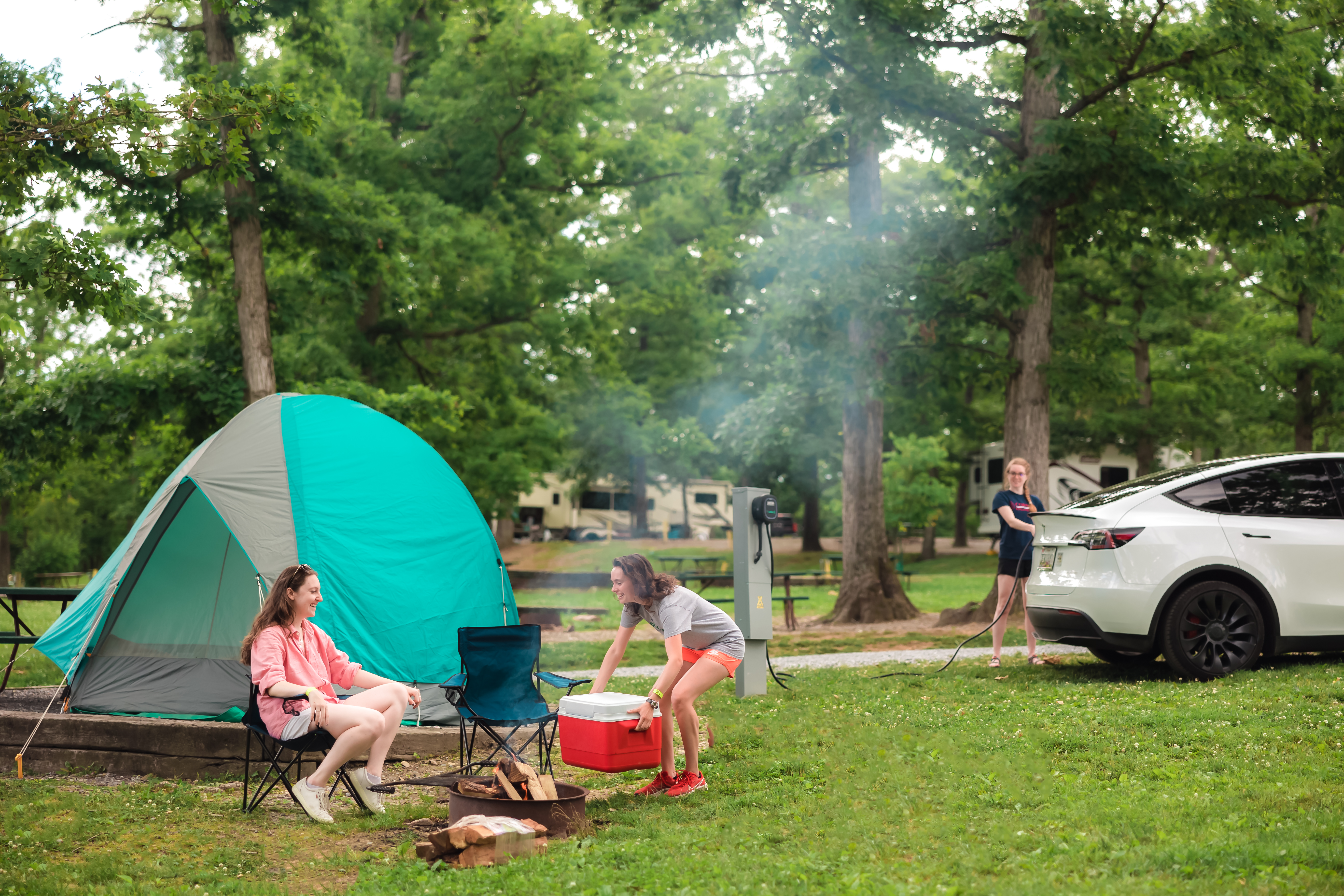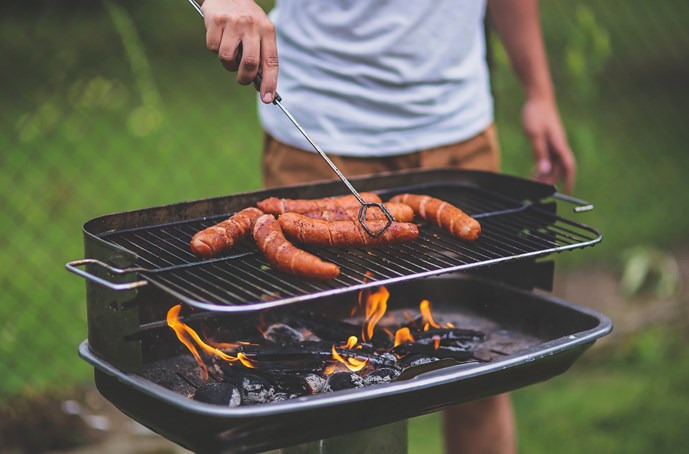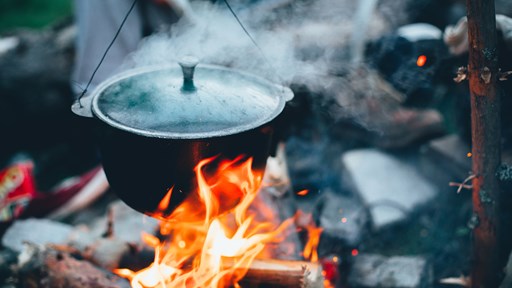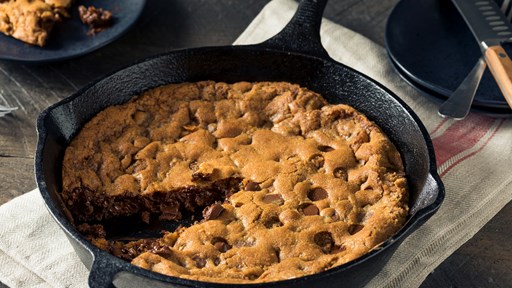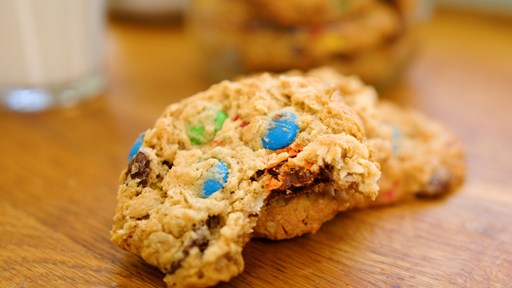With the summer upon us, families across the country will take out their grills and start spending more time in the great outdoors. Hiking, camping and boating are some of the few summer outdoor activities, people enjoy during warmer temperature. The fresh air and exercise revives the spirit and the mind. USDA is urging campers to remember the four simple steps to food safety – Clean, Separate, Cook and Chill, and to steer clear of the ‘danger zone’ when grilling those steaks and burgers.
Bacteria grow faster in warm temperatures, so extra care should be taken to make sure perishable food doesn’t spend too long in the danger zone – temperatures between 40 and 140˚F, in which perishable food spoils rapidly. Foods that should be served hot or cold should not spend more than one hour in the danger zone when eating outdoors and temperatures are above 90˚F, and two hours when temperatures outside are below 90˚F.
What is the danger zone?
The danger zone is the temperature range in which bacteria can grow faster. Bacteria can actually double in number in as little as 20 minutes when perishable food is kept in the danger zone. In order to steer clear of the danger zone, you should always:
- Keep cold food at or below 40°F, in the refrigerator, in coolers or in containers on ice.
- Limit the time coolers are open. Open and close the lid quickly. Do not leave coolers in direct sunlight.
- Keep hot food at or above 140°F, in chafing dishes, warming trays and slow cookers, or on the grill. You can keep cooked meats hot by setting them to the side of the grill rack, not directly over the coals where they could overcook.
- Never leave food out for more than two hours. If the temperature is above 90°F, food should not be left out more than one hour.
As always, follow the four steps to food safety when preparing dishes for a cookout.
Clean: Make sure to always wash your hands and surfaces with soap and water for 20 seconds before cooking, and after handling raw meat or poultry. Wash cutting boards, dishes, utensils and work spaces with soap and warm water too. If you plan to be away from the kitchen, pack clean cloths and moist towelettes for cleaning surfaces and hands.
Separate: When taking food off the grill, use a clean platter. Don’t put cooked food on the same platter that held raw meat or poultry. Any harmful bacteria present in the raw meat juices could contaminate safely cooked food.
Cook: Always use a food thermometer to check the internal temperature of burgers, steaks, chicken, and foods containing meat or poultry.
- Hamburgers, sausages and other ground meats should reach 160°F.
- All poultry should reach 165°F.
- Whole cuts of pork, lamb, veal and beef should be cooked to 145°F as measured by a food thermometer placed in the thickest part of the meat, and allowed to rest for three minutes before eating.
- Fish should be cooked to 145°F.
Meat and poultry cooked on a grill often brown very fast, and may appear done before they have reached a safe minimum internal temperature by using a food thermometer you can be sure items have reached a safe minimum internal temperature needed to destroy any harmful bacteria that may be present.
Chill: After a cookout, place leftovers in shallow containers and refrigerate or freeze immediately. Discard food left in the danger zone too long. Remember, when in doubt, throw it out!
Need more food safety information? Call the USDA Meat and Poultry Hotline at (1-888-674-6854)
Monday through Friday, from 10 a.m. to 6 p.m. Eastern Time, or email or chat at AskKaren.gov.







